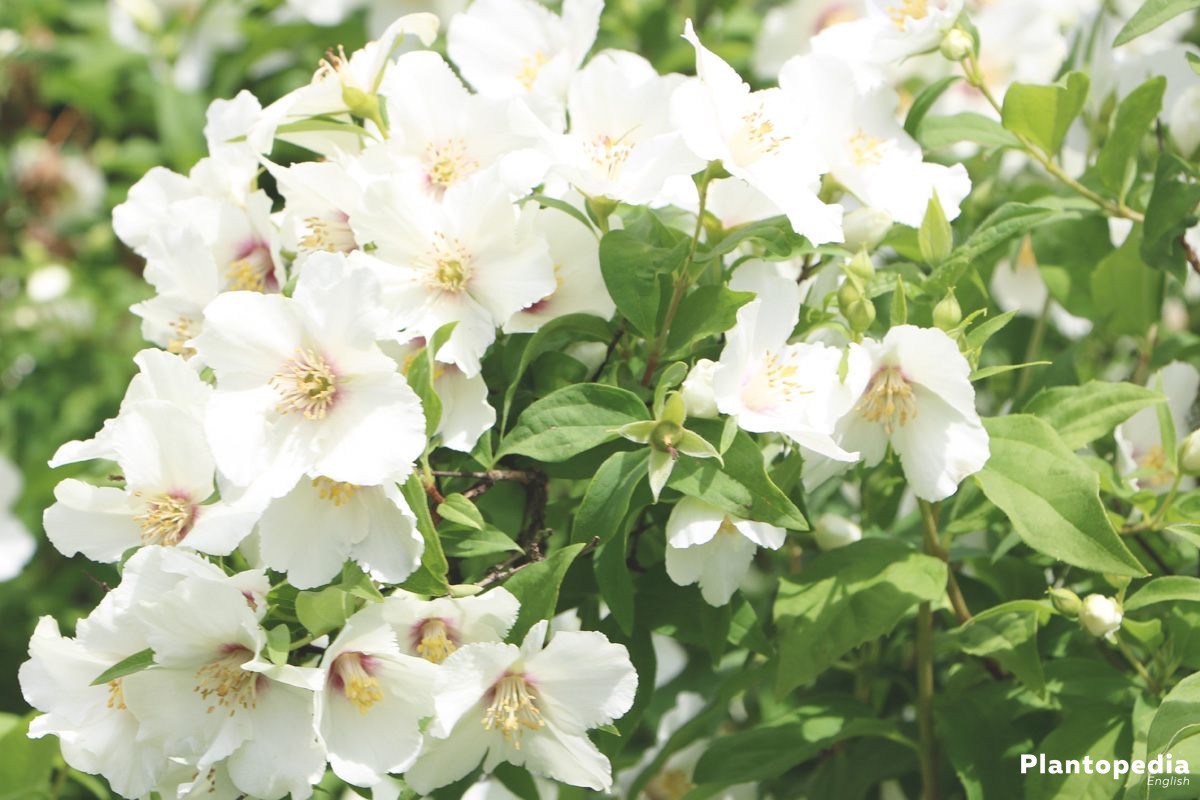Sweet Briar Rose
Known as the "Sweet Briar Rose" because of the strongly apple-scented leaves, this is a favorite English native that has been recorded in literature from Chaucer to Shakespeare. R. eglanteria, or 'Eglanteria', has been common in cottage gardens on both sides of the Atlantic because it is not only hardy but always fragrant, whether or not it is in bloom. The rambling shrub is large, thorny, and vigorous with dark green, slightly rough foliage. Spring flowers are pink with five petals and have a good rose fragrance of their own. R. eglanteria should be part of every fragrance garden. Rain, wind and sun all seem to bring out the perfume of the plant. If supported as a climber, it could reach 10 to 15 feet.

Old Blush
old rose
Touted to be the rose that inspired the Thomas Moore poem 'Last Rose of Summer' (though some experts dispute that based on the timeline), it is easy to see the reasoning, as this rose is a reliable and continuous bloomer that does continue to bloom into the Dog Days long after others have surrendered to the sweltering heat and humidity.

R. X RICHARDII
a gallica rose
Wild Rose
This is the rose that Thomas Christopherson talks about in his book in Search of Lost Roses. It was excavated from a burial ground by Flinders Petrie in the form of a head wreath. It is also called "the Holy Rose of Abyssinia" and was still used in the 1800s in Coptic Christian churchyards.



Seven Sisters
rambler
- Both this rose and R. multiflora carnea were painted by Redouté in France and both are frequently found in early Texas gardens. By the effort that it took to transport them through the intervening miles, those early settlers have left their own testimony about the need for beauty in even the most rugged human existence. ‘Seven Sisters’ is named for the variety of colors that can appear in each cluster of flowers, ranging from carmine through purple, mauve, pink, and cream as the flowers fade.
- Named for the seven shades that can be seen at any one time. Big clusters of double, typical Multiflora flowers, which gradually develop from deep cerise to pale mauve and later ivory white. Strong fruity fragrance. Free-flowering and strong growing. 1815.


/Cornflowers-19951033255_f44f5b42dc_k-5b395a5b46e0fb00372dfcd4.jpg)









:max_bytes(150000):strip_icc():format(webp)/coralbellsJoshuaMcCullough-5c3a4d2046e0fb0001a460b9.jpg)




